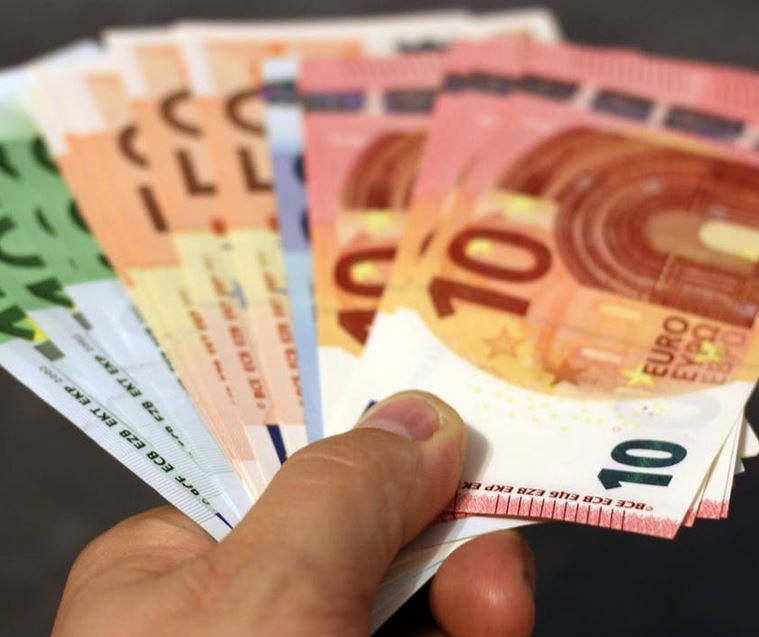
With modern, mobile payment alternatives on the rise globally, it may be a surprise to some that there is no sign of cash being displaced any time soon at the point of sale.
The position held by cash is fortified, with a commanding 79 per cent of point of sale (POS) transactions being conducted in the traditional manner in 2016. In contrast, just 19 per cent of POS transactions were made using cards.
These two European Central Bank (ECB) statistics on the use of traditional currency and cards in 2016 equate to 54 percent and 39 percent of the value of payments respectively. The bank has conducted the first ever study on cash and other payment methods at the POS in Europe.
There are factors that appear to be hindering the advance of technological alternatives in Europe, principally the lack of contactless capabilities in a number of countries among the 19 euro areas. In addition to this, many are still choosing to keep cash at home and out of the system in a precautionary capacity.
In addition to this, the study has uncovered clear cultural divisions in terms of payment tendencies. In Germany, Austria and Slovenia, 80 per cent or more of POS transactions made were in cash. Contrasting this, in the Netherlands, Finland and Estonia, between 45 per cent and 54 per cent of these transactions were carried out with cash.
More detailed demographic findings were also included in the report, with men usually carrying more cash than women, with groups over the age of 40 likely to use more of it.
Hull – The City of Culture and cryptocurrency innovation
PSD2 nears as UK Open Banking accounts for more products
Why Black Friday is on every hacker’s hit list
In the report’s conclusion, the ECB said: “Despite numerous articles claiming a cashless society is imminent, it appears that the use of cash at POS is still robust in most euro area countries. This is the first study on the use of cash, cards and other payment instruments by households that applies a harmonised methodology to analyse consumers’ payment behaviour in the euro area.”







